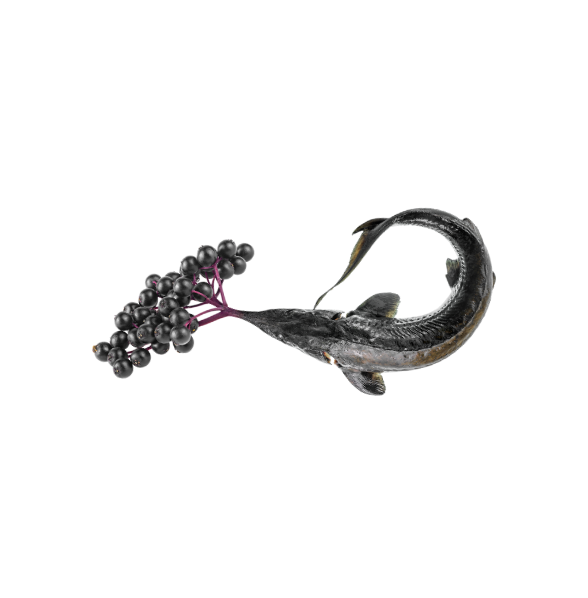News
DeAille Tam “Chinese food has a very biased representation”
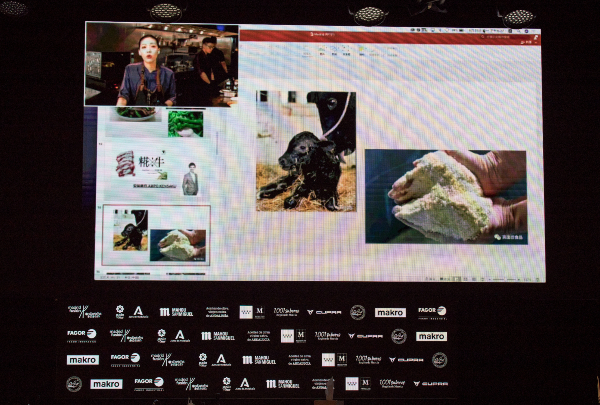
DeAille Tam undertakes the first virtual talk to present the outcome of her trip all over China, during which she discovers the country’s millennial culinary tradition and brings it back to her restaurant in a menu with 15 dishes, each representing a certain area of China. From a western perspective, however.
DeAille Tam was raised in Canada, and five years ago she took the decision to travel all over China with partner and associate Simon Wong, not only to learn the language of her native country, but also to gain an insight into its gastronomic culture. “I realised there were eight types of traditional cuisine. We interacted with people from the city and local people, and found that the term ‘Chinese cuisine’ was quite a broad concept. There are many subdivisions. We realised that Chinese food has a large bias for it to work properly on a menu, and to adapt to outsider tastes. Add to that the fact that those dishes are quite a departure from the original”, says the chef, and also “if you showed those dishes to the locals, they would simply stare at you”.
DeAille explains that during her culinary adventure around this great country she attempted to at least visit all the regions for an understanding of local flavours and their ingredients. “We realised that the same dish could change quite a lot between one city and the next. We made an effort to comprehend the relationship between ingredients, tastes and people”. In fact, they found a major influence of tastes from different locations, and some of them did not form part of the original culture. “To generate revenue, many restaurants choose the dishes which sell best. And the originals may disappear because there are many versions and adaptations, and the chefs who make the originals will get older. Sometimes they forget what Chinese people, local people, like to eat”, says Tam. During their trip they tried to eat in the places where locals usually eat to find out about this kind of food. This was no easy task: “Obviously China has a very broad culture going back thousands of years, and some aspects are still unknown”.
The chef then displayed the recipes for several dishes which, although they would not be identified with the original recipe, contain all their flavours and ingredients. Before each recipe, DeAille dwelt on the task of producers, and the work carried out with farmers to encourage sustainable practices.
She cooked a slightly smoked wagyu sirloin, along with a spicy pepper sauce. As her fish dish, Tam chose a Shanghai recipe, replacing the fish in the original recipe with a freshwater salmon raised in a pure-water fish farm, where fishing practices are sustainable. The dish also features a sauce, pickles, three types of caviar and a garnish. Another of the Asian chef’s culinary demonstrations is a chicken tepanyaki with a tomato base from a special supplier which shuns mass production, with red pepper sauce and air potatoes.

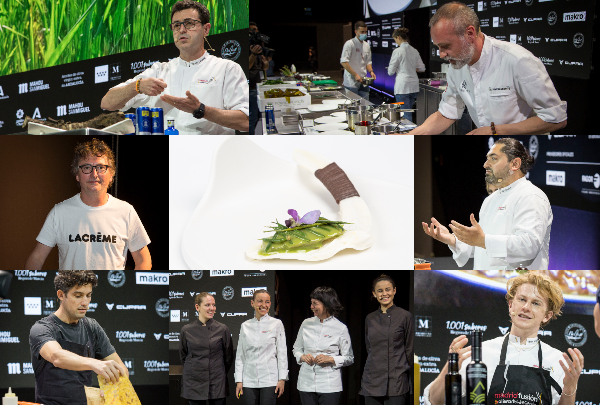
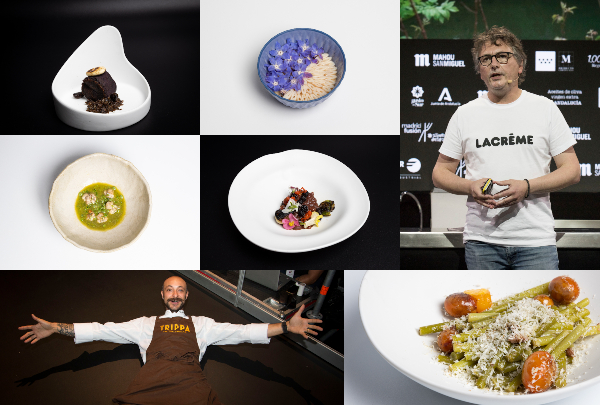
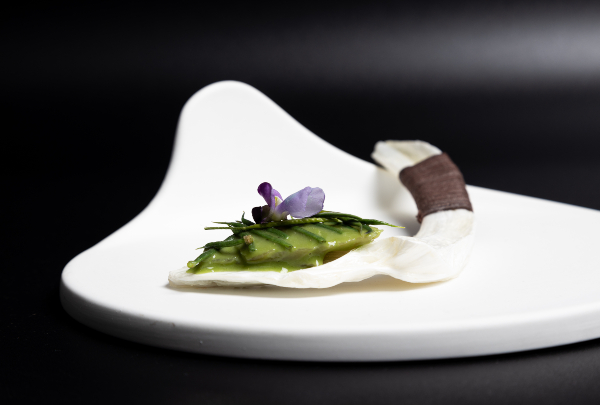
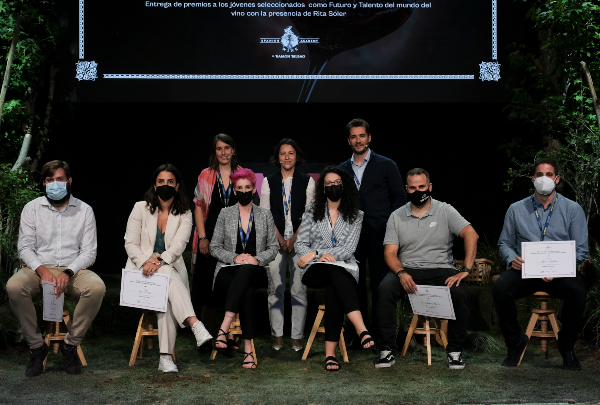
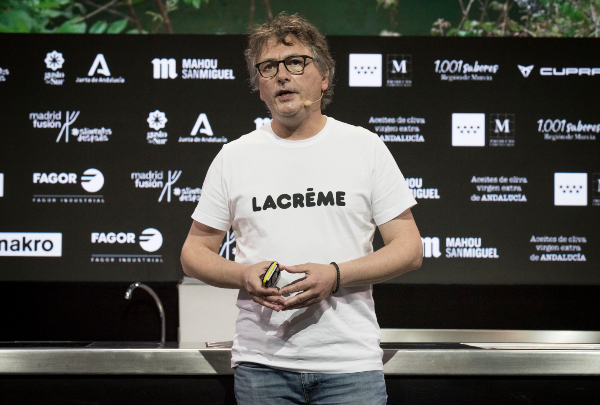
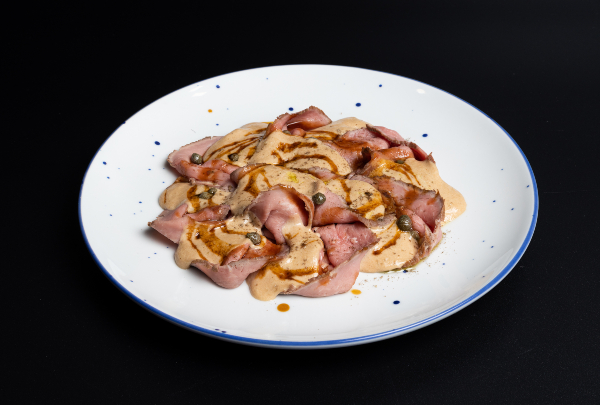

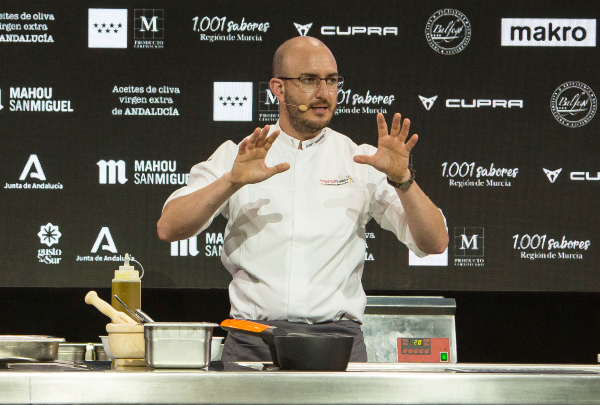
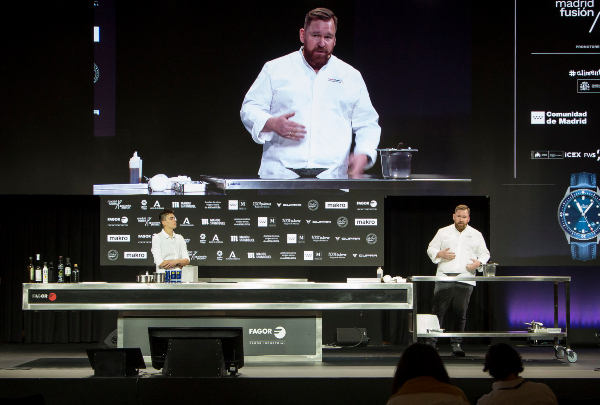
.jpg)
